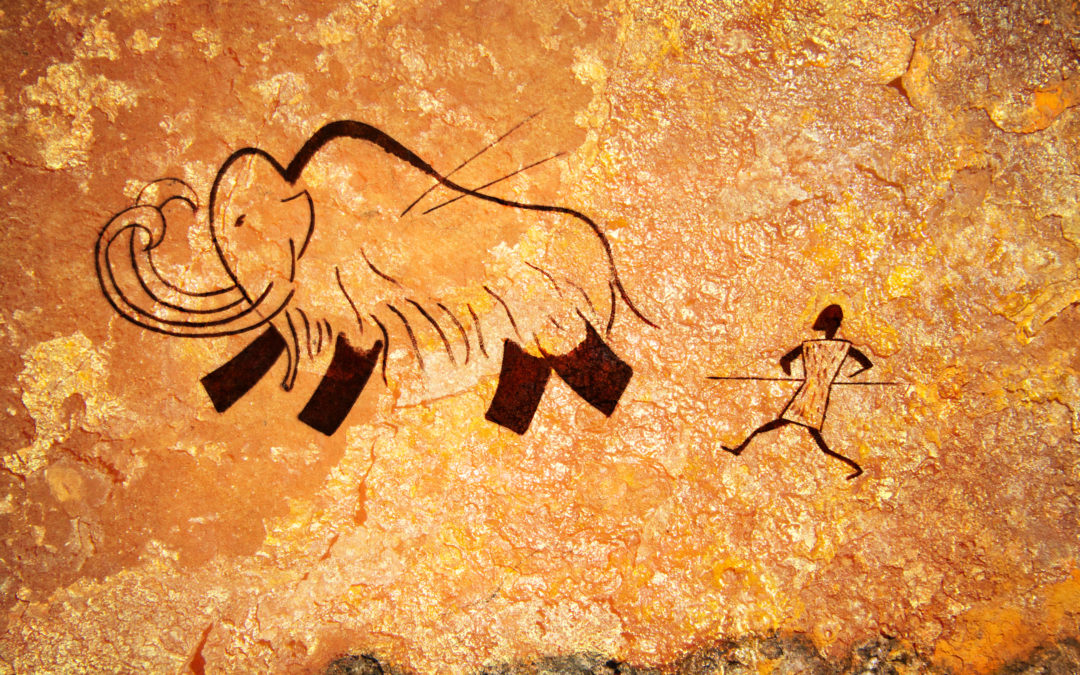The holidays are a perfect time to reflect on your goals for 2022. We hope you can incorporate some of the following research-based suggestions for achieving what is important to you.
We think in pictures
Thanks to millions of years of human evolution, compared to only thousands of years using language, we are genetically wired to respond more deeply and rapidly to images, than to text alone. Our brain processes visuals 60,000 times faster than words! Images rapidly influence our emotions, driving our decisions and motivation to take action. Advertisers are well aware of the powerful ways to influence purchasing decisions using imagery.
Images are easier to remember
Every day we are bombarded with information. We are more likely to stay focused on our goals if we make it easy for our brain to pay attention to them over the months ahead.
Stanford University’s visual literacy researcher, Dr. Lynell Burmark Ph.D. proposes that “…unless our words, concepts, ideas are hooked onto an image, they will go in one ear, sail through the brain, and go out the other ear…Images, on the other hand, go directly into long-term memory where they are indelibly etched.” *
Our brain stores information in chunks of related information. An easy way to ensure our goal is stored in long-term memory is to use images that represent something important and meaningful. Doing so recruits and builds upon existing brain circuitry, making it easy to stay goal focused. Additional research suggests benefits of using images that represent performing the specific actions required to achieve the goal. **
Over the holidays, try these three ways to incorporate the power of imagery in setting your goals:
- Research: Look through magazines, or photo albums to find a photo that stands out in a powerful way and represents an element of what you want to achieve. Ensure the image is motivating and inspiring to you. Notice what emotions arise when you look at the image. Do they match the emotions you anticipate feeling when you achieve your goal?
- Reflect: Spend time in quiet reflection, like mindfulness meditation, listen to music, or take a quiet walk in nature, and consciously imagine yourself achieving your goal. Notice what you are doing, saying, look like, where you are and how you feel. Use that mental imagery to find an image or icon that reminds you of what you imagined yourself doing.
- Regularity: Place your selected images in a place where you will see them regularly, every day. Depending on the type of goal, this could be on your office wall, on your desk, your fridge, as a screen saver on your computer, or as a home screen image on your phone.
The coming series of blogs will further explore how to set goals your brain loves, setting you up for success in the year ahead! Happy holidays! And happy goal setting!
* Innovative Research Methods, ‘The Power of Visual Communication’, Mike Parkinson.
** Pham, L. B., & Taylor, S. E. (1999). From thought to action: Effects of process – versus outcome-based mental simulations on performance. Personality and Social Psychology Bulletin, 25(2), 250–260.


Recent Comments